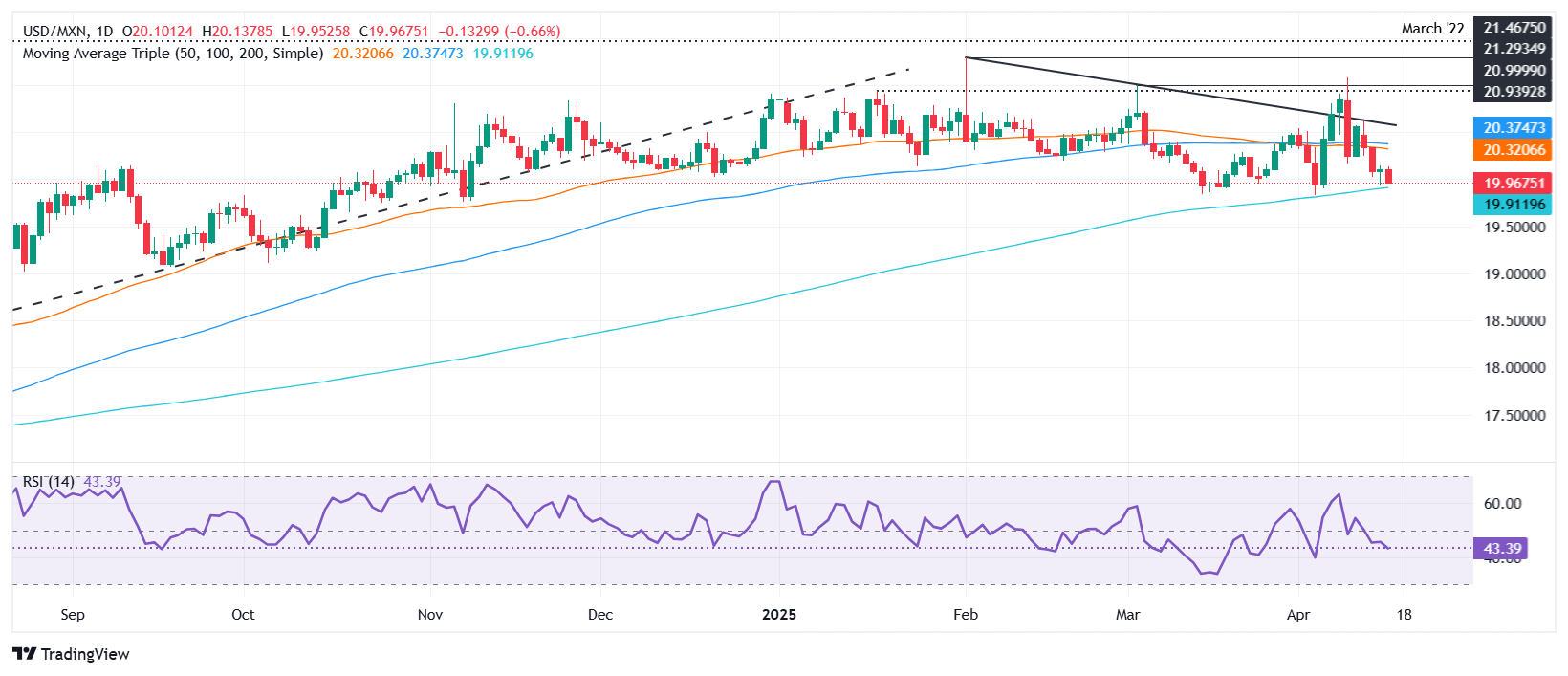Fitch Ratings gave Mexico a vote of truststating that its rating of debt issuer in long-term foreign currency (IDR) is located in ‘BBB-‘ with a stable perspective.
Key aspects
Credit Fundamentals: The qualification of Mexico is backed by a prudent macroeconomic policy framework, robust external finance and its large and diversified economy. The qualification is limited by moderate long -term growth, weak governance indicators, fiscal challenges related to a low -budget revenue base and budgetary rigidities, and PEMEX contingent liabilities.
Stable perspective: The stable perspective reflects Fitch’s opinion that Mexico’s qualification has margin to support the most difficult economic environment in our new baseline. An already ongoing economic slowdown will probably worse in the midst of an aggressive turn towards commercial protectionism in the US under the Trump administration. However, we currently expect these developments to reinforce moderate growth already captured in the qualification, but do not worsen it in a significant and lasting way. We hope that the administration of President Sheinbaum maintains its general consolidation objectives in the good way despite this difficult background.
High tariff uncertainty: Mexico is especially vulnerable to US commercial protectionism, since decades of integration have made exports to their northern neighbor a pillar of the economy (27% of GDP in 2024). The rates already imposed could have significant impacts, especially in the automotive sector, and uncertainty is weighing on the activity. These developments are still fluid, and the destiny of the commercial relationship will probably continue to be uncertain at least until a review of the USMCA agreement scheduled for mid -2026. Even if the US tariff policy preserves a preferential treatment for Mexico in relation to its competitors, we see more gloomy perspectives for the “nearshoring” while this uncertainty persists.
Economic contraction in 2025: The growth of real GDP slowed 1.5% in 2024, closing the year with a weak tone (-0.6% t/t seasonally adjusted in 4T24) due to a drop in public investment and a high uncertainty. We expect a contraction of 0.4% this year, since the rates, the uncertainty induced by the rates, the tax adjustments and a deceleration in the US weigh on the activity. The risks are inclined downward, and the margin for countercyclical policies is limited.
USD/MXN reaction to the head of Fitch qualifications
The USD/MXN continues to quote down, below the psychological figure of 20.00, with the Mexican weight, looking abruptly. In case of additional weakness, the exotic pair could test the simple mobile average (SMA) in 19.86, followed by the 19.50 figure. Otherwise, buyers could take the torque to the psychological figure of 20.00.

Mexican weight FAQS
The Mexican weight (MXN) is the most commercialized currency among its Latin American peers. Its value is widely determined by the performance of the Mexican economy, the country’s central bank policy, the amount of foreign investment in the country and even remittance levels sent by Mexicans living abroad, particularly in the United States. Geopolitical trends can also affect MXN: for example, the Nearshoring process (or the decision of some companies to relocate the manufacturing capacity and supply chains closer to their countries of origin) is also considered a catalyst for the Mexican currency, since the country is considered a key manufacturing center in the American continent. Another catalyst for MXN is oil prices, since Mexico is a key exporter of the raw material.
The main objective of the Central Bank of Mexico, also known as Banxico, is to maintain inflation at low and stable levels (in or close to its 3%target, the midpoint of a tolerance band between 2%and 4%). To do this, the bank establishes an adequate level of interest rates. When inflation is too high, Banxico will try to control it by raising interest rates, which makes the indebtedness of homes and companies more cooling, thus cooling the demand and the economy in general. The highest interest rates are generally positive for Mexican weight (MXN), since they lead to higher yields, which makes the country a more attractive place for investors. On the contrary, lower interest rates tend to weaken the MXN.
The publication of macroeconomic data is key to evaluating the state of the economy and can have an impact on the valuation of the Mexican weight (MXN). A strong Mexican economy, based on high economic growth, low unemployment and high confidence is good for MXN. Not only attracts more foreign investment, but it can encourage the Bank of Mexico (Banxico) to increase interest rates, particularly if this fortress is accompanied by high inflation. However, if the economic data is weak, the MXN is likely to depreciate.
As an emerging market currency, the Mexican weight (MXN) tends to rise for periods of risk, or when investors perceive that the general market risks are low and, therefore, are eager to participate in investments that carry a higher risk. On the contrary, the MXN tends to weaken at times of market turbulence or economic uncertainty, since investors tend to sell higher risk assets and flee to the most stable safe shelters.
Source: Fx Street
I am Joshua Winder, a senior-level journalist and editor at World Stock Market. I specialize in covering news related to the stock market and economic trends. With more than 8 years of experience in this field, I have become an expert in financial reporting.







